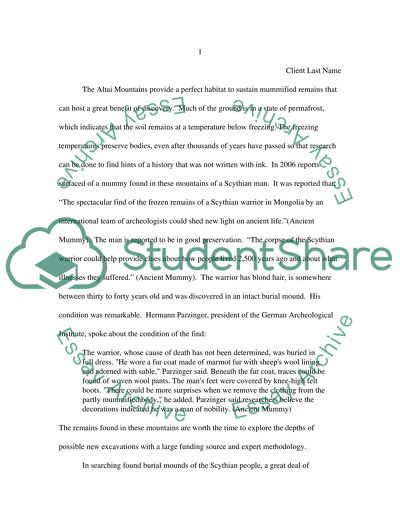Cite this document
(In Search of the Scythian Culture: Writing about Those Lost Research Proposal, n.d.)
In Search of the Scythian Culture: Writing about Those Lost Research Proposal. Retrieved from https://studentshare.org/archaeology/1550675-archaeology-see-below-for-specific-information
In Search of the Scythian Culture: Writing about Those Lost Research Proposal. Retrieved from https://studentshare.org/archaeology/1550675-archaeology-see-below-for-specific-information
(In Search of the Scythian Culture: Writing about Those Lost Research Proposal)
In Search of the Scythian Culture: Writing about Those Lost Research Proposal. https://studentshare.org/archaeology/1550675-archaeology-see-below-for-specific-information.
In Search of the Scythian Culture: Writing about Those Lost Research Proposal. https://studentshare.org/archaeology/1550675-archaeology-see-below-for-specific-information.
“In Search of the Scythian Culture: Writing about Those Lost Research Proposal”, n.d. https://studentshare.org/archaeology/1550675-archaeology-see-below-for-specific-information.


